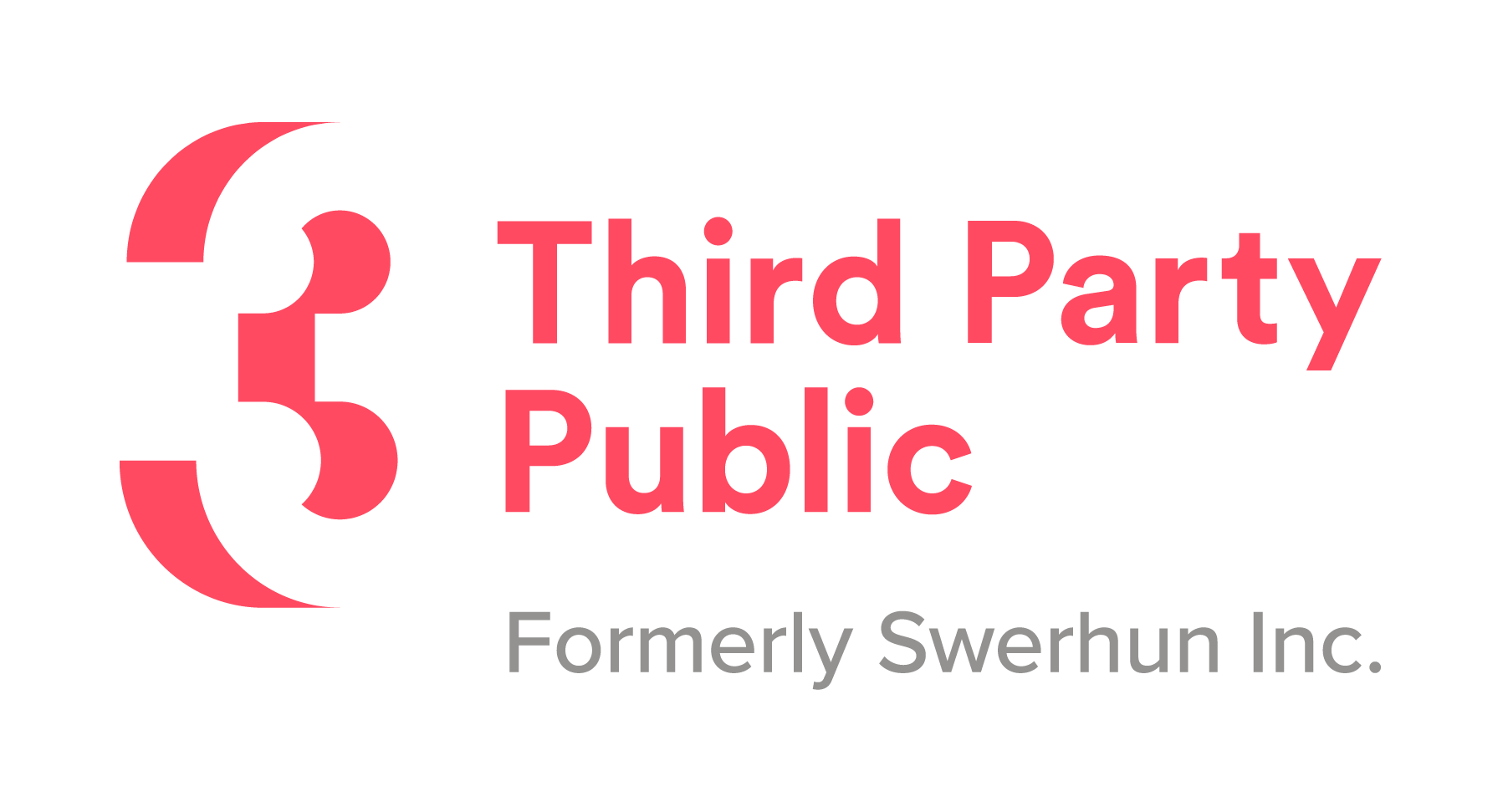PROMOTING UNDERSTANDING
STRATEGY 6
What it is:
Promoting Understanding is about creating many opportunities for all participants to learn new things that improve the quality of their contributions to the process.
Why does it matter?
High quality opinions are formed when they’re based on an understanding of the consequences of different courses of action.
Sometimes opinions are based on misinformation or incomplete information. It’s important to explain technical details in a way that’s objective, easy to understand, and directly linked to the decision(s) at hand.
People learn in different ways – some are visual, some prefer to read the details, others prefer to listen. Promoting understanding is a strategy that recognizes these differences and accommodates them through multiple communication tactics. This ensures that as many people as possible have the ability to be well informed.
The credibility of the source often influences the perceived credibility of the information. Strong processes that use “promoting understanding” as a strategy give participants the opportunity to learn things from a number of different sources – fellow participants, technical experts, elected officials, etc.
People often have very strong opinions that at first appear inflexible. The reasons behind such opinions can often be translated into a list of conditions which may be possible for the proponent to address. Once people understand that these conditions can be met their whole perspective can change and they find they’re willing to live with an option that before may have seemed untenable.
Example of how it matters:
In one of the few areas undeveloped on the North American waterfront, a premier piece of property was being considered for redevelopment. Historically the area had been home to primarily industrial, commercial and institutional uses; however interest in residential development was being expressed by a number of stakeholders. Strong opinions on both sides of the residential issue were shared – with some strongly in favour and others strongly opposed. Through workshop discussions it became clear, however, that the majority of participants would be able to live with residential development providing a number of conditions were met (e.g. buffers put in place between new residential and existing uses, and provision of local community amenities like community centres, libraries, schools and parks). The process then focused on the municipality’s ability to deliver on the conditions under which residential would be acceptable. The ultimate plan for the site met these conditions, included residential development, and received significant community support.
“Collective problem-solving discussion is viewed as the critical element of deliberation, to allow individuals with different backgrounds, interests, and values to listen, understand, potentially persuade and ultimately come to more reasoned, informed, and public-spirited decisions.”

